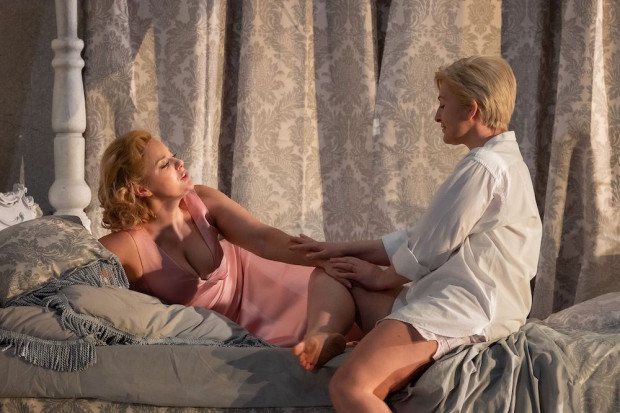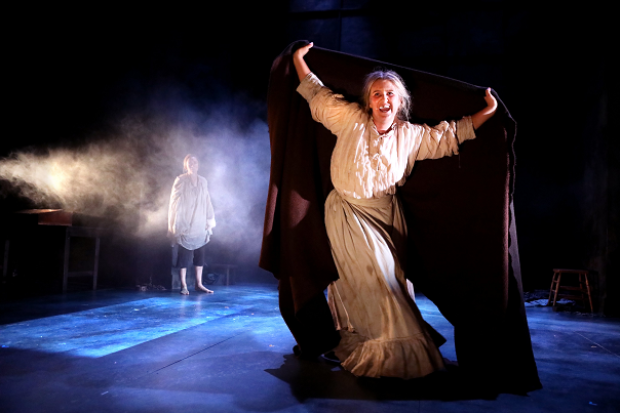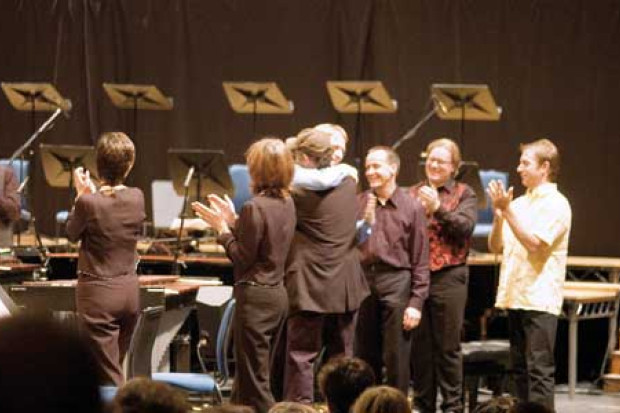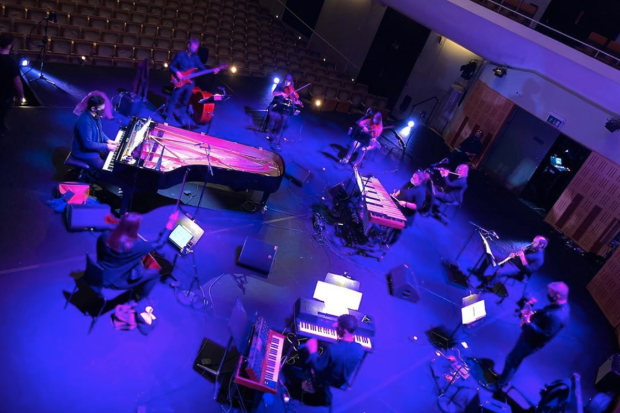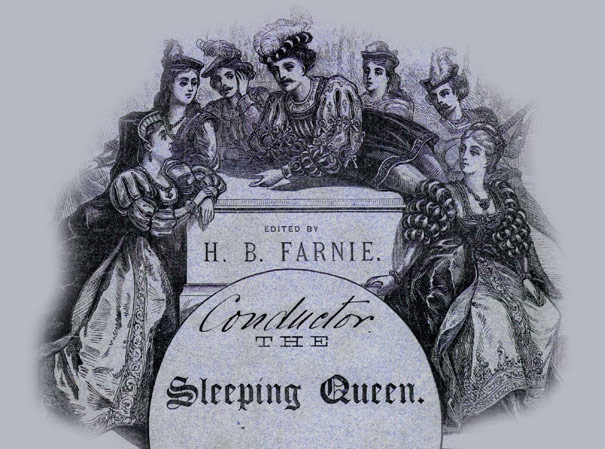
Balfe's 'Sleeping Queen' Returns to Dublin
The upcoming performance of Michael William Balfe’s The Sleeping Queen at the National Concert Hall on Monday 22 January is the first staging in modern times of this work in the composer’s native city of Dublin. Balfe was one of the most significant operatic composers of the Victorian period and, for more than fifty years, his Bohemian Girl maintained a position at the vanguard of popular English-language repertory on both sides of the Atlantic. With its translation into many languages, it also gained widespread international success. There was a line of other triumphant operas, 28 in total, but nonetheless, Balfe’s music is now largely forgotten. With the successful launch of Irish National Opera this month, it is worth recalling the life and work of this artist.
The composer was born in Dublin City in 1808 at 10 Pitt Street which, in 1917, was renamed Balfe Street in his honour. As a young man, he spent several years as a professional baritone in France and Italy performing operas by Rossini, Donizetti and Bellini; he would later draw on the familiar bel canto style of these composers for his own music. Arriving back in London at the age of 27, he soon completed his first opera – The Siege of Rochelle – for the Theatre Royal, Drury Lane, and quickly established himself as one of the musical sensations of the capital. The Siege of Rochelle ran for more than 70 nights and Queen Victoria made her first visit to Drury Lane to see one of Balfe’s operas shortly after her accession to the throne. Needless to say, such a seal of approval from the young monarch greatly enhanced Balfe’s rising fame, and helped to confirm him as the foremost opera composer of the Victorian era – a position he held for the following 35 years. After his death in 1870, his music survived for a time, but as opera tastes shifted away from Rossini and Donizetti towards Verdi, Wagner and Puccini, Balfe’s music diminished in popularity.
Small-scale forces
The Sleeping Queen is Balfe’s only operetta composed to a libretto by Henry Brougham Farnie, a Scottish playwright and magazine editor. Balfe’s operetta occupies a unique position among the composer’s staged works with a cast of just four characters and its original scoring for piano accompaniment rather than orchestra. The composer later revisited the piece, reworking it for orchestra and adding a chorus.
The reason for the small-scale forces in the operetta was the venue at which it was first presented in 1864 – Thomas German Reed’s Gallery of Illustration, located at 14 Regent Street, London. Although the site is now an office block, it had been the home of John Nash, designer of Regent Street, Regent’s Park and other urban developments undertaken during the reign of George IV.
As a prominent theatrical couple, Thomas German-Reed and his wife Priscilla hosted various entertainments at the gallery from 1855 onwards; they were both accomplished professional singers, and often took leading roles in musical entertainments as well as plays. Included in the playlist for the gallery’s intimate 500-seat space were moving panoramas, dioramas, lectures, impersonations, humorous musical sketches and chamber operas mounted with piano or harmonium. This eclectic mix of light entertainment was aimed at a ‘respectable’ middle- or upper-class audience and, according to contemporary accounts, the gallery was ‘one of the most popular and fashionable places of recreation in the Metropolis.’
At a time when the middle classes regarded theatres in general as sinful and even as dangerous dens of iniquity and prostitution, the Reeds avoided the name ‘theatre’, calling their productions ‘entertainments’ or ‘illustrative gatherings’ rather than plays, or burlesques. The address was certainly no accident; by choosing fashionable Regent Street for their venue, the Reeds were able to attract a high-class clientele which, in time, included Queen Victoria herself.
Plot and subplot
The Sleeping Queen takes place at the Spanish Court of Leon early in the seventeenth century and follows the relationships of the Regent, the young Queen, the son of a prime minister of Leon, and the Maid of Honour. The fairy tale of Sleeping Beauty is a model for Farnie’s plot. Of more importance, perhaps, are the coincidences with the early reign of Queen Victoria – so many that below the surface there runs a subplot in homage to the British monarch.
After several performances in London, The Sleeping Queen was later produced in Boston after Balfe’s death. Performance history remains sketchy ever since. Its first presentation in recent times took the form of two concert performances, consisting of the musical numbers without the dialogue; these took place at the National Library of Ireland to commemorate Balfe’s bicentenary in 2008. The operetta was subsequently staged in 2013 in a somewhat rewritten version as part of the Short Works programme at Wexford Festival Opera. The upcoming performance will be the first complete modern staging of the work in its original form.
The Sleeping Queen will be performed in the John Field Room at National Concert Hall on Monday 22 January. Presented by DIT Conservatory of Music and Drama, the operetta features Catherine Donnelly (soprano), Sarah Kilcoyne (mezzo soprano), Oisín Ó Dálaigh (tenor) and Kevin Neville (baritone). There will be a pre-opera talk by Una Hunt at 7.30pm. For tickets, visit https://goo.gl/w1PAj8
Published on 5 December 2018
Una Hunt is a pianist, broadcaster and Irish music specialist, and Professor of Performance Research at DIT Conservatory of Music and Drama.














